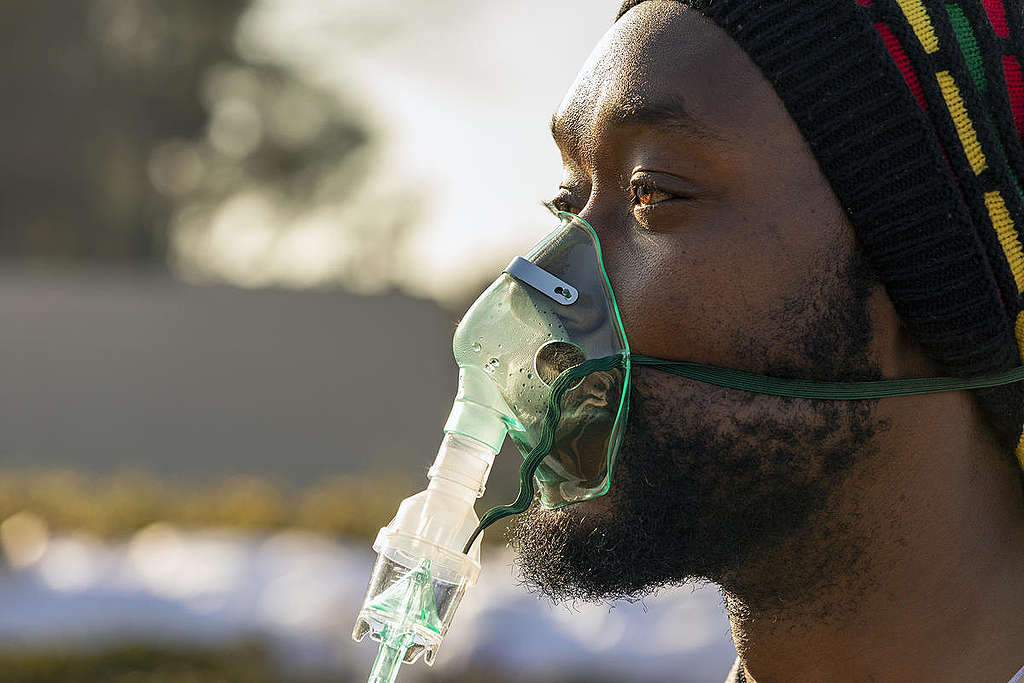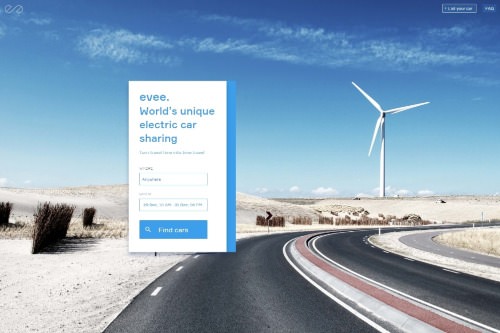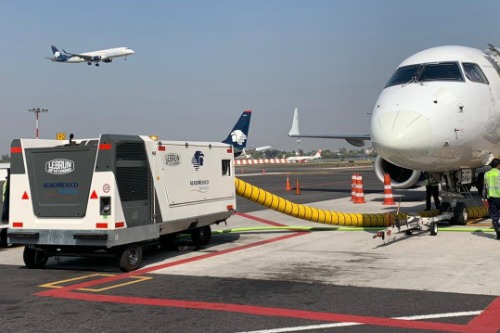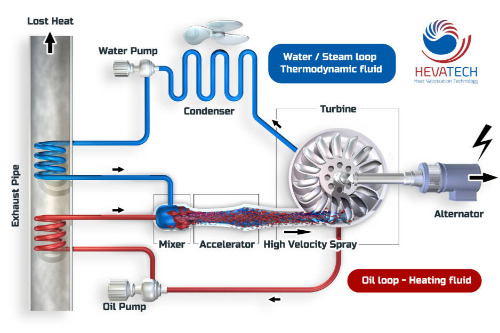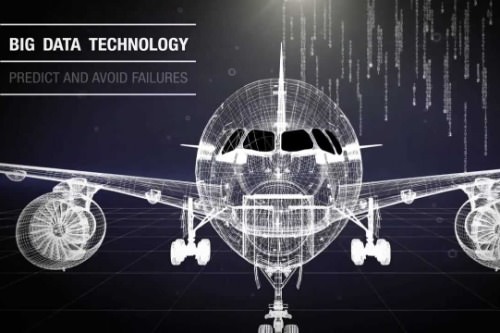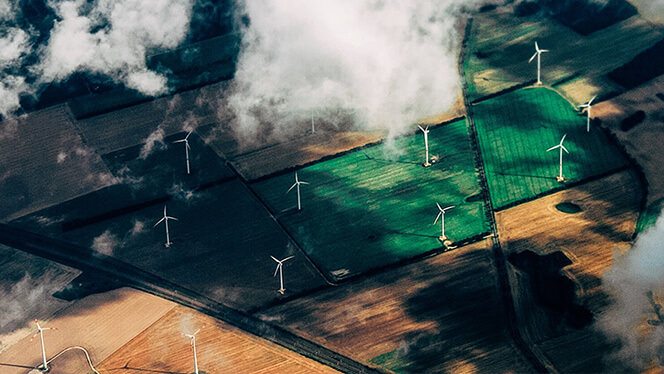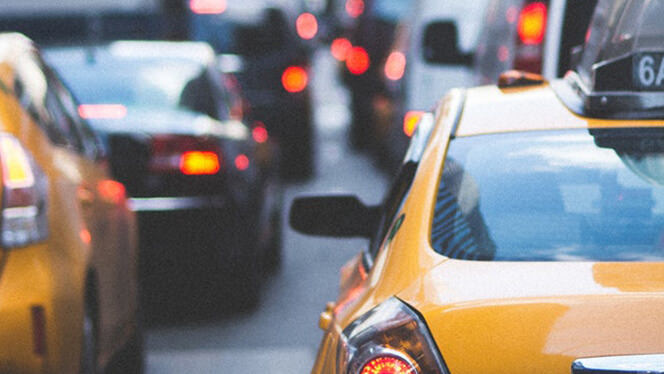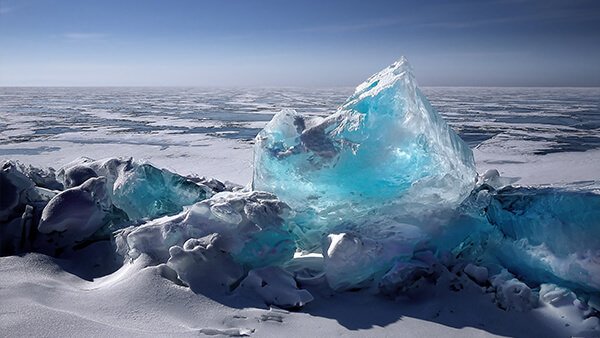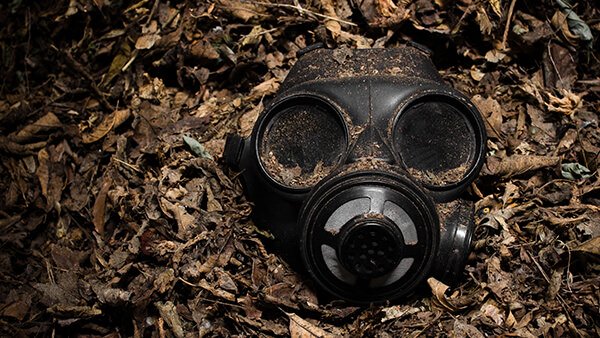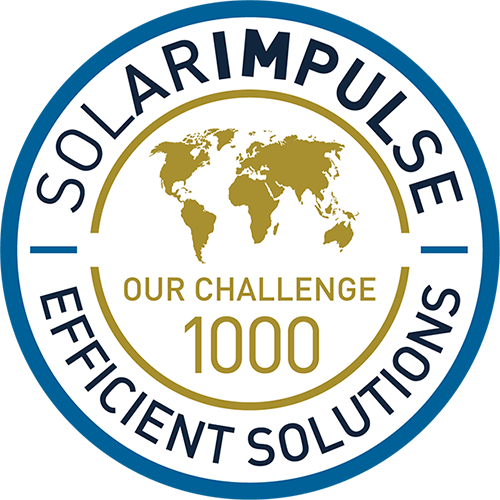How to solve air pollution
How to solve air pollution
3 ways we can solve the air pollution crisis
Air pollution is harming many of us around the world. Many of us are breathing air that is damaging almost every organ in our body. Worse, one of the main causes of air pollution – burning fossil fuels – also causes climate change that’s endangering all of us by heating the planet on which we depend.
Air pollution is indeed a crisis, but it’s a crisis we can solve – and around the world, people are solving it! Here’s what that looks like.
1. Coal

Burning all fossil fuels is bad, but coal is the worst. When burnt, it releases more carbon dioxide (CO2) per unit of energy than oil or gas – which means it heats up our planet faster.
Coal is toxic too. Burning it releases elements like mercury and arsenic, and small particles of soot which contribute to air pollution. When we breathe it in, that soot harms our heart and lungs and even increases our risk of strokes.
But the worst thing about coal is how widespread it is. Coal provides more than a third of the world’s electricity. That’s more than any other single source! These power plants affect air quality for hundreds of kilometres – and are often placed right in the heart of cities – so countless millions of people get little respite from the pollution these plants cause.
We desperately need to wean ourselves off coal, and get our power from clean sources like wind, sun and tides.
Some counties have started. In 2019, coal power had its biggest slump ever recorded! But we need every country in the world to move much faster towards renewable energy. Greenpeace International has even mapped out how they could go about it.
2. Cars
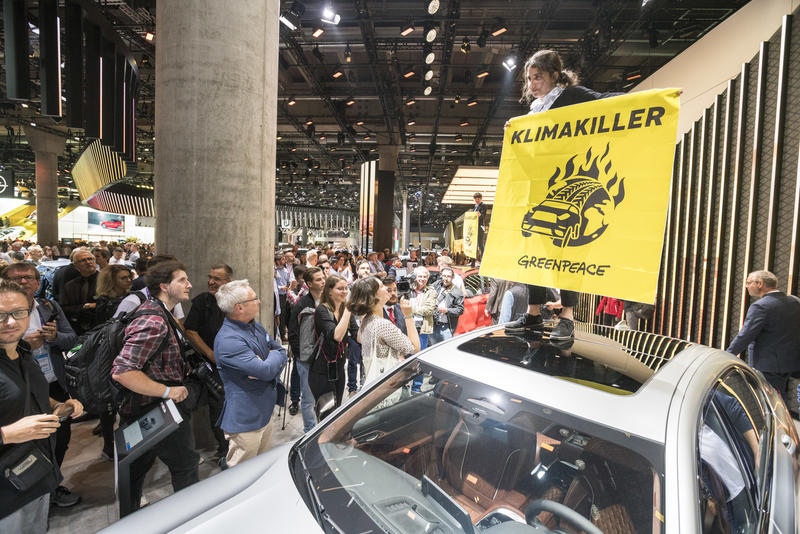
Most cars run on oil – petrol and diesel. And just like burning coal, burning oil comes with a huge environmental price tag. Petrol and diesel cars emit CO2 and other gases which heat our planet. On top of other nasties, the exhaust fumes these cars produce contain Nitrogen Dioxide (NO2), which is another pollutant that harms our health.
But there are other ways we can move around, and leave the car behind.
Cities around the world are waking up to the joys of car-free travel. From pedestrian zones, to proper public infrastructure to comprehensive and affordable public transport, there are so many ways cities can help us go car-free more often. And the benefits are many – from more space and cleaner air to a more active and healthy population.
But for those journeys that still need cars, we should start thinking about cars very differently. Rather than petrol and diesel, we should power cars with electricity. Electric cars are zero- emissions ‘at the pipe’ – the cars themselves don’t emit any exhaust fumes. Almost all their emissions come from their manufacture, and in producing the electricity that powers them. If that electricity is renewable, those emissions are essentially zero. But even in coal-heavy (so carbon-intensive) grid like Poland, it’s still a substantial cut in emissions compared with conventional cars. The pollution savings multiply even more when cars are made smaller – so they use less energy to make and move – and for sharing rather than private ownership, so we can all get by with fewer of them.
3. Community

Air pollution is no match for all of us, working together. All the solutions listed here are already happening around the world because people came together and demanded it.
Concerns about air pollution made Shenzhen, China electrify their bus fleet. Parents in Belgium mobilised because the air in schools was so dirty. Now, Brussels, its capital city, is banning petrol and diesel cars from 2030 and investing in public transport and cycling infrastructure. And around the world, concerns about the climate impacts of coal are causing governments to look into new ways of getting their power- Turkey has closed five coal power plants in 2020 alone!
The solution to air pollution is us; it’s you and me, taking action together. And you can start right now, right here.
Andrew Tobert is Digital Lead of Clean Air Now at Greenpeace Belgium.
Join the movement demanding solutions to the air pollution crisis.
How Can We Solve the Air Pollution Issue?
We all have different attitudes regarding the air pollution issue. Some people are simply not a single bit troubled by the quality of the air they breathe, unaware of the impact it can have on their health, while other do have concerns, but sadly often feel powerless to deal with the issue. Only a small minority is aware, knowledgeable, and actively acting to reduce its exposure and contribution.
Hopefully (in our opinion), the number of articles, awareness campaigns and global actions are making air quality a fact difficult, if not impossible, to ignore. This growing coverage stems from a painful truth: 92% of us live in dangerously polluted areas.
The Hard Facts (according to the WHO)
This is the time to sit up and take notice. The WHO along with the Climate and Clean Air Coalition (CCAC) have created a monumental campaign, BreatheLife, to bring awareness to the dangers of air pollution, and help break down some actionable steps that we can all take to solve this air pollution issue.
BreatheLife’s goal is to promote a variety of realistic solutions for municipalities, the health sector, and for individuals.
Ideas for Cities
There are several ways that cities can contribute to clean air, and they are outlined in detail in the BreatheLife website. Here are some of main areas:
Landfill gas recovery, the process of trapping harmful gases to prevent them from entering the atmosphere, is one of many impactful strategies.
Creating more walking and cycling paths, raising vehicle emissions standards, help reduce car traffic so that air quality can increase.
New brick kilns have been developed to reduce black carbon pollutants that are toxic to the lungs.
Healthier food production, combined and improved manure management participate in reducing methane emissions.
Before, during and after the implementation of policies aiming at improving air quality, cities need an interface with robust data to prepare, adjust and measure their actions.
Steps in Progress or Completed in Various Cities
Health Sector Solutions
The health sector has an important role to play in finding a solution to the air pollution issue and must set the bar high. The WHO defines three categories of actions:
Beyond the health sector, most industries can actually take actions to fight air pollution, and benefit from those actions.
Read our use cases to learn more, or take a look at our business section on our website.
Individual Actions for the Air Pollution Issue
One great aspect of this campaign includes guidance on how individuals can also make a difference. BreatheLife explains the two main paths (with a third advocacy step) that each and every one of us can take:
Reduce your contribution to air pollution
There are many ways to do your part such as managing waste, using public transportation, and purchasing home heating systems and stoves that provide a cleaner environment with reduced pollutants. You can also make an impact by turning off lights that are not in use and buying LED bulbs to reduce energy consumption.
Minimize your exposure
To avoid air pollution, the most important factor is to stay alert and informed. If you check your daily air quality reports you can avoid being outside during the times when pollutants are at their highest. You can also avoid high-traffic areas where car emissions add to already polluted air, and as a final resort you can wear a mask to reduce your exposure.
Encourage your city leaders
The BreatheLife campaign is offering you the chance to have your air pollution concerns heard at a global meeting of mayors in December if you fill out this form on their site.
BreezoMeter
We’re scientists, engineers and professionals dedicated to improving the health and quality of life for billions of people worldwide, by providing the world’s most accurate and actionable environmental data and insights.
Solutions to air pollution
How to improve air quality?
Find out the causes, effects and solutions to air pollution, and how you can contribute to prevent, control and reduce it.
Air pollution is one of the biggest threats for the environment and affects everyone: humans, animals, crops, cities, forests, aquatic ecosystems.
What causes air pollution? What are the effects? And most importantly, what are the possible solutions to tackle it?
Air pollution solutions
The Solar Impulse Label is granted to innovative solutions to air pollution that meet high standards of sustainability and profitability.
Each solution goes through a strict assessment process performed by independent experts.
A peer-to-peer electric car sharing platform
APU OFF Solution
An aircraft cabin sanitizing solution by photocatalysis
TURBOSOL
A system which converts waste heat from burning processes into electricity and improves energy efficiency in industry
Solar Powered Carport Mobility Hubs
Solar powered e-mobility and grid-servicing solution
AIREC’ODOR
Deodorization and decontamination unit with energy recovery for factories
Prognos®
A predictive aircraft maintenance solution based on big data analytics
A paradigm shifting 100% electric motorcycle
PALBANK
A collaborative solution to manage exchangable pallets between multiple users
SOLVAir(r)
A flue-gas cleaning solution using Sodium Based Sorbent for Air Pollution Control by dry injection
Carbon Map
AI applied to satellite imagery, to map, measure and monitor carbon sequestration in any ecosystem around the world.
Acea Smart Comp
A decentralized treatment solution for transforming organic waste into compost
eColibri™
A carsharing platform for corporate mobility optimization
What can you do?
Submit your solution
As a company, you develop an efficient solution and you would like to get the Solar Impulse label
Recommend a company
Do you know an innovative company developing efficient solutions? Let our team know about them
What is air pollution?
Air pollution can be defined as an alteration of air quality that can be characterized by measurements of chemical, biological or physical pollutants in the air. Therefore, air pollution means the undesirable presence of impurities or the abnormal rise in the proportion of some constituents of the atmosphere. It can be classified in 2 sections: visible and invisible air pollution.
this concerns the quality of ambient air within a radius of a few kilometers
pollution like acid rain, photochemical reactions and degradation of water quality at distances of a few kilometers to a thousand kilometers
depletion of the ozone layer and global warming caused by the emission of greenhouse gases, mainly carbon dioxide (CO2)
Air pollution causes
Air pollution is caused by the presence in the atmosphere of toxic substances, mainly produced by human activities, even though sometimes it can result from natural phenomena such as volcanic eruptions, dust storms and wildfires, also depleting the air quality.
Anthropogenic air pollution sources are:
Air pollution
It is impossible to describe the whole extent of potential and actual damage caused by all forms of air pollution. But here are the main consequences:
On the environment
Air pollution has a major impact on the process of plant evolution by preventing photosynthesis in many cases, with serious consequences for the purification of the air we breathe. It also contributes to the formation of acid rain, atmospheric precipitations in the form of rain, frost, snow or fog, which are released during the combustion of fossil fuels and transformed by contact with water steam in the atmosphere.
On top of that, air pollution is a major contributor to global warming and climate change. In fact, the abundance of carbon dioxide in the air is one of the causes of the greenhouse effect. Normally, the presence of greenhouse gases should be beneficial for the planet because they absorb the infra-red radiation produced by the surface of the earth. But the excessive concentration of these gases in the atmosphere is the cause of the recent climate change.
On human health
Our continual exposure to air pollutants is responsible for the deterioration of human health.
Air pollution is indeed a significant risk factor for human health conditions, causing allergies, respiratory and cardiovascular diseases as well as lung damage.
Air pollution prevention
There are ways to prevent, control and eventually reduce air pollution:
1. Renewable fuel and clean energy production
The most basic solution for air pollution is to move away from fossil fuels, replacing them with alternative energies like solar, wind and geothermal.
2. Energy conservation and efficiency
Producing clean energy is crucial. But equally important is to reduce our consumption of energy by adopting responsible habits and using more efficient devices.
3. Eco-friendly transportation
Shifting to electric vehicles and hydrogen vehicles, and promoting shared mobility (i.e carpooling, and public transports) could reduce air pollution.
4. Green building
From planning to demolition, green building aims to create environmentally responsible and resource-efficient structures to reduce their carbon footprint.
In addition, monitoring air pollution levels has become very important to detect pollution peaks, better control air pollution and eventually improve air quality.
How is air quality measured?
With measuring devices using laser-based technologies, chemiluminescence, flame ionization, etc. These devices are, for instance, located close to the traffic, far from the traffic and close to industrial zones. All the collected data are compiled into a value scale, called the Air Quality Index (AQI).
A challenge, #1000 Solutions to change the world
A label focused on both the environment and profitability.
For the first time a label proves the economic profitability of solutions that protect the environment. The Solar Impulse Foundation is selecting 1,000 solutions that protect the environment in a profitable way and awarding them the Solar Impulse Efficient Solutions Label.
Collaborating with independent experts and with renowned institutions, the World Alliance proposes to evaluate its members solutions free of charge. The Solar Impulse Efficient Solutions label will offer a competitive edge to innovators and a guarantee of quality to solution seekers.
A label focused on both the environment and profitability.
A chance to be labelled in the 1000 solutions portfolio
Air Pollution: Understanding the Problem and Ways to Help Solve It
Air pollution is one of the most serious problems in the world. It refers to the contamination of the atmosphere by harmful chemicals or biological materials. According to the World’s Worst Polluted Places by Blacksmith Institute in 2008, two of the worst pollution problems in the world are urban air quality and indoor air pollution. To solve the problem of air pollution, it’s necessary to understand the issues and look for ways to counter it.
Air Pollution Statistics
In the United States, the Environmental Protection Agency (EPA) collects air pollution statistics. It’s important to study these statistics because they show how polluted the air has become in various places around the country. Generally, the statistics reflect the levels of six pollutants, namely, ozone, nitrogen dioxide, sulfur dioxide, carbon monoxide, lead, and particulate matter. There are maximum allowable limits for each pollutant.
Health Effects
Air pollution can cause long-term and short-term health effects. It’s found that the elderly and young children are more affected by air pollution. Short-term health effects include eye, nose, and throat irritation, headaches, allergic reactions, and upper respiratory infections. Some long-term health effects are lung cancer, brain damage, liver damage, kidney damage, heart disease, and respiratory disease.
Environmental Effects
Air pollution causes damage to crops, animals, forests, and bodies of water. It also contributes to the depletion of the ozone layer, which protects the Earth from the sun’s UV rays. Another negative effect of air pollution is the formation of acid rain, which harms trees, soils, rivers, and wildlife. Some of the other environmental effects of air pollution are haze, eutrophication, and global climate change.
Human Causes of Air Pollution
Human activities have been highlighted as the major causes of air pollution, especially in the cities. To support a larger population, there’s a need for energy production, transportation, and industries, resulting in the emission of harmful chemicals into the atmosphere. A list of the human causes of air pollution includes vehicles, domestic smoke and heating, aircraft pollution, outdoor fires, and incineration of waste. To reduce the problems of air pollution, people should be more aware of their actions in these areas.
Natural Causes of Air Pollution
Other than human actions, air pollution is also caused by natural events. Biological decay and volcanoes release natural sulfur dioxides and nitrogen oxides, affecting air quality in negative ways. Most of the ozone around the ground level is formed when chemical reactions occur in the sunlight but there’s also about 10 to 15 percent transported from the stratosphere. Other natural causes of air pollution are natural sources of particulate matters like volcanoes and dust storms, volatile organic compounds, pollen, forest fires, oceans, and forest fires.
Indoor Air Pollution
The air quality around and within buildings and structures is known as indoor air quality. Indoor air quality has a direct effect on the comfort and health of occupants, whether it’s the home, office or other buildings. Some of the common pollutants of indoor air include radon, molds, carbon monoxide, volatile organic compounds, asbestos fibers, carbon dioxide, ozone, and the burning of biomass. Proper ventilation, filtration, and the control of pollutant sources are some of the primary ways to improve indoor air quality.
Ways to Help Keep the Air Cleaner
There are some things you can do to help keep the air cleaner. Generally, it’s important to conserve energy because sources of energy like electricity, diesel, gasoline, and wood would contribute to air pollution. Rather than driving a car or riding a motorcycle, you can ride a bicycle or walk to perform errands. Try to reduce trips and use public transportation. Gas-powered garden equipment should be avoided as well as the burning of trash, leaves, and other materials. It’s also a good idea to perform regular car maintenance and engine tune ups, making a point to replace the car’s air filter and oil on a regular basis. If everybody does the small things to reduce air pollution, the environment would benefit collectively.
34 Causes, Effects and Solutions for Air Pollution
“Love is in the air but the air is highly polluted”
Air Pollution: Causes, Effects & Solutions
Air pollution can be defined as the introduction of excessive quantities of substances, gases, particles or biological molecules into the earth’s atmosphere.
There are many different indices to measure air pollution across countries, the most popular one being the air quality index in the U.S.
Air pollution may have negative impacts on humans in the form of allergies, diseases or even death.
Please enable JavaScript
It also has an adverse effect on animals and plants as well as on the whole ecological system.
Air pollution can be caused by both natural processes as well as by human behavior.
Thus, more people die each year from air pollution than from automobile accidents.
In the following, we will examine the causes, effects as well as solutions to the air pollution problem.
Audio Lesson
Types of Air Pollution
Carbon dioxide
Although it is a natural component of the atmosphere and essential for plant life, carbon dioxide can be harmful to the environment in the sense that it is a greenhouse gas and thus contributes to global warming.
Sulfur oxides
Sulfur oxides, especially sulfur dioxide, is produced in various industrial processes like in the combustion of coal and petroleum, as well as in nature through volcanoes.
Nitrogen oxides
Nitrogen oxides, especially nitrogen dioxide, is produced in industrial processes like in high-temperature combustions as well as in natural processes like electric discharge in thunderstorms.
Carbon monoxide
Carbon monoxide is produced through the combustion of fuels like wood, coal or natural gas.
It can cause lung diseases and also has an adverse impact on animals and the whole natural environment.
Volatile organic compounds (VOCs)
VOCs are categorized as either non-methane or methane.
Both are rated as greenhouse gases and thus contribute to global warming. Some VOCs are also suspected to cause cancer.
Particulate matter
Particulate matter can be defined as liquid or tiny particles of solid suspended in a gas.
Particulates occur both naturally as well as from man-made behavior.
Natural causes are dust storms, volcanoes, grassland or forest fires, sea spray and living vegetation.
Humans cause particulate matter by the burning of fossil fuels in industrial processes, power plants and vehicles.
An excessive concentration of particles in the air can cause heart and lung diseases as well as cancer.
Persistent free radicals
This group of air pollutants can cause cardiopulmonary diseases.
Toxic metals
Toxic metals such as mercury and lead are also a source of air pollution.
Chlorofluorocarbons (CFCs)
CFCs are emitted, among others, by aerosol sprays, refrigerators and air conditioning and cause harmful effects to the ozone layer which in turn can lead to skin cancer and eye diseases. It can also hurt plants and other creatures.
Ammonia
Ammonia is mainly produced by agricultural waste.
Although it is important for the production of fertilizer and pharmaceuticals, it can also have caustic and hazardous effects on the environment.
Odors
Odors can be caused by industrial processes, garbage and sewage and may pose negative effects on humans.
Radioactive material
Radioactive material is produced by nuclear explosions as well as through the natural decay of radon.
In high concentrations, nuclear material causes severe health problems like cancer and other diseases.
Causes of Air Pollution
Dust is composed of fine particles of solid matter.
Dust is usually emitted through natural processes, usually in areas with little or no vegetation.
Animals
Animals produce methane in their digestion process.
The emission of methane causes air pollution and also contributes to the global warming issue.
Although a big fraction of methane emission can be attributed to livestock from domesticated farming practices, some of it also occurs from wild animals which also emit methane in their daily habits.
Radioactive decay
Radon is a radioactive element that naturally occurs inside our earth.
From there, it can reach our groundwater and eventually also our air.
Radon is produced in the process of radioactive decay and is considered as health hazard.
Wildfires
Wildfires often occur in areas with dry climate.
They are often caused by human behavior like the incorrect disposal of cigarettes.
There are some cases where wildfires are also started intentionally.
For example, it is quite common for farmers in the Amazon Rainforest to burn down large areas of forest in order to get more space for farming purposes.
Wildfires can cause carbon monoxide and smoke.
Large concentrations of carbon monoxide can lead to serious health problems and even death of humans.
Vegetation
Vegetation often emits large amounts of VOCs (volatile organic compounds), especially on warmer days, which react with sulfur-oxides and nitrogen-oxides.
VOCs can thus contribute to an increase in ozone levels.
Volcanoes
Volcanic activity can cause ash particulates, chlorine and sulfur to enter the air.
Especially in eruptions, large amounts of these substances are released into the air which could even lead to a temporary flight stop in the affected area.
Aircraft
Aircraft is a big source of air pollution.
Airplanes emit large amounts of nitrogen-dioxide as well as carbon dioxide which in turn contributes to global warming.
Especially in the last decades, the number of flights increased significantly.
More and more people are traveling to foreign countries. In addition, many people also travel by plane for business purposes.
Thus, the number of flights worldwide and therefore the level of air pollution from aircraft increased substantially in the last decades.
Vehicles
The use of vehicles of all sorts is another great cause of air pollution.
Emissions from cars and other vehicles increase the levels of CO2 and other greenhouse gases in the atmosphere and thus increase the global warming process.
In our culture, it is quite common that almost everyone of us owns at least one car.
Especially in suburbs or in rural areas, people rely on their cars to be able to commute to work.
However, even in areas where there is good public transport, people are usually more likely to use their cars since this feels more convenient to them.
Therefore, the emissions from cars and other vehicles increase with a steady rate, which leads to an increase in air pollution and also contributes to the global warming problem.
Marine vessels
Marine vessels burn fossil fuels and thus emit several air pollution gases.
These include nitrogen oxides, carbon dioxide and sulfur dioxide.
These gases not only contribute to global warming but are also harmful to public health.
Waste deposition in landfills
The deposition of waste in landfills generates methane which even has a much higher global warming potential than CO2 and therefore ranks as one of the most harmful greenhouse gases.
However, the total amount of methane emitted in our atmosphere compared to the amount of CO2 is relatively low.
Thus, CO2 is still the most harmful greenhouse gas in absolute terms.
Military sources
Nuclear weapons, rocketry and toxic gases can also contribute to air pollution.
Many countries do weapon tests on a regular basis, either for training purposes or also to threaten other countries.
By doing so, harmful substances are released into the air, which can cause air pollution and other adverse effects on the environment.
Fossil fuels
The combustion of fossil fuels is a main source of air pollution.
Fossil fuels are used in the production of energy and other products.
Moreover, vehicles like cars, ships, trains and airplanes are heavily dependent on fossil fuels.
Since the burning of fossil fuels is our main source of energy in our daily lives, it has a large adverse impact on air pollution.
When fossil fuels are burned, they release methane, nitrogen, carbon dioxide and particulates into the atmosphere which in turn leads to acid rain, smog and contributes to the greenhouse effect.
Mining
During the mining process through blasting, drilling hauling, collection, and transportation, the air is polluted with chemicals and dust which in turn affects the health of miners and of the residents in the polluted area.
The effect of coal mining is especially serious since large amounts of gases including sulfur dioxide, nitrogen oxides, carbon monoxide and methane (CH4) are released in the air.
Agriculture
The production of ammonia as by-product of agricultural activities heavily contributes to the air pollution problem.
Ammonia is caused by livestock waste and heavily fertilized fields.
In combination with pollutants from combustion of power plants and industrial processes like sulfates and nitrogen oxides they create tiny solid particles or aerosols.
These particles can cause heart and lung diseases.
Industry
Industries and power plants produce large amounts of carbon dioxide, carbon monoxide and other chemicals.
Since we need these industries for our daily energy demand and food supply, industrial processes contribute heavily to the air pollution issue.
Especially since the industrial revolution period, air pollution from industries has become a serious problem.
Since the prices for goods dropped significantly due to mass production, people were able to afford many more things than prior to the industrial revolution period.
Although this development sounds positive at first glance, it also implies adverse environmental effects.
An increase in production also leads to an increase in air pollution and usually also leads to all other kinds of pollution.
Private households
Private households contribute to the air pollution process through their use of cars and other vehicles as well as through their consumption behavior.
People usually prefer to take their cars even for small distances instead of walking or using public transport since it is usually considered to be more convenient.
Moreover, many people are quite picky regarding their consumption behavior.
Food that would still be good for consumption purposes is often disposed of in the garbage if it has minor blemishes.
This daily behavior of people leads to an enormous level of air pollution and thus harms our environment in a significant way.
Effects of Air Pollution
Mortality
According to the World Health Organization, 7 million people die from air pollution each year.
9 out of 10 people breathe air containing high levels of pollutants.
The country with the highest death rate from air pollution is India.
Children are more at risk than adults since their respiratory organs are not yet fully developed.
Cardiovascular diseases
Air pollution plays a major role in the development of cardiovascular diseases.
Air pollution can also cause strokes, especially in countries with high pollution concentration.
This problem is especially severe for people working in jobs where they are exposed to high concentrations of harmful substances.
For instance, a construction worker who works in an environment with high levels of dust and doesn’t use protection masks or other mitigating devices may have a high probability for strokes and other cardiovascular diseases since he is inhaling large amounts of harmful substances on a daily basis.
Lung diseases
Air pollution can cause lung diseases like COPD including chronic bronchitis and emphysema or asthma.
Especially people who are exposed to high concentrations of dust or other harmful substances in the air are at a higher risk to suffer from lung diseases.
This is even more true in countries that do not have high protection standards for workers.
For example, in many developing countries, people do not protect themselves properly when they are working with harmful substances or when they are exposed to contaminated air.
Cancer
Exposure to polluted air also increases the probability of lung cancer.
The exposure to contaminated air is considered to be able to affect the human DNA structure and thus to cause health issues like cancer or other diseases.
Effects on the central nervous system
The central nervous system can also be adversely affected by air pollution and thus can, among others, damage the brain and other neurological functions.
Examples of this kind of health problem are Alzheimer’s disease or Parkinson’s disease.
Acid rain
The combustion of fossil fuels leads to a release of sulfur and nitrogen oxides into the atmosphere which in turn leads to the formation of acid rain.
Acid rain can affect the whole ecosystem in an adverse way, since it has harmful effects on humans, plants, animals and the water cycle.
Global warming
Global warming is one of the biggest challenges to humanity.
One cause of global warming is air pollution.
The consequences of global warming are disastrous.
Global warming adversely affects all living organisms.
It contributes, among others, to the melting of ice and thus to a rise in the sea level as well in an increase in temperature.
Depletion of the ozone layer
Through air pollution, the ozone layer is eventually depleted which can cause skin cancer or eye-related diseases.
Through the emission of harmful gases from industrial processes or vehicles, substances related to bromine and chlorine are emitted into the air.
These substances are known to contribute to the depletion of the ozone layer.
Thus, air pollution is a cause of the ozone depletion problem.
Effects on animals
Animals are also affected by air pollution.
Since they have to breathe, they inhale toxic elements in the air and thus are also vulnerable to diseases caused by these toxic substances.
Especially in areas with high concentrations of polluted air, the life expectancy of animals is lower than in clean air areas since these animals are at higher risk for serious diseases related to air pollution.
Effects on agriculture
There can also be agricultural pollution from air pollution.
For example, crop yields could be adversely affected by high concentration of harmful chemicals in the air.
Moreover, air pollution causes acid rain which in turn may harm the growth of plants and also decrease crop yields.
Economic effects
According to a joint study of the World Bank and the University of Washington, the worldwide cost of air pollution amounts to 5 trillion USD per year.
This includes the loss in productivity as well as the loss in life quality through polluted air.
The air pollution issue is especially severe in developing countries.
Small children under age 5 in developing countries are more than 60 times as likely to die from air pollution than children in high-income countries.
Since there are many additional costs of air pollution like health costs that have not been taken into account in this study, the real costs are much higher than 5 trillion USD per year.
Solutions to the Air Pollution Problem
Change in energy consumption behavior
To mitigate the air pollution problem, it is crucial to reduce our energy demand since energy production is a cause of air pollution.
This can be accomplished in many forms.
For example, people can turn off their lights or other electronic devices when they don’t use them.
Reduce material consumption
All kinds of products of our daily life are manufactured in industries which use large amounts of energy.
Therefore, if we reduce our need for material things, we could contribute significantly to less air pollution.
Avoid the use of cars
In order to reduce air pollution, using public transport instead of cars can be an effective measure.
Even better would be a switch to bicycles to further reduce the air pollution problem.
Especially in rural areas, switching from cars to public transport can be quite difficult since the public transport infrastructure may often be quite bad.
However, for people living in areas with good public transport infrastructure, a switch from cars to public transport should not be a big deal at all.
Moreover, using car-sharing or other carpooling methods may be a good way to reduce air pollution even further.
Reuse and recycle
Instead of throwing away things you don’t use anymore, try to find another purpose for them.
If you are sure you do not want to use them anymore, find another person who still wants to use your item.
With this procedure, waste and the implied air pollution can be reduced.
Biodigesters
Biodigesters can contribute to a reduction in air pollution, especially in poor countries where slash and burn is prevalent.
This way, a useless commodity can be turned into income through the production of energy out of plants.
Use of energy-efficient devices
Switching to more energy-efficient household appliances would further reduce energy consumption and thus would reduce air pollution.
Energy-efficient devices are usually not much more expensive than energy-consuming devices.
Thus, almost everyone should be able to afford energy-efficient household devices.
Convince others
All the measures mentioned above could reduce the problem of air pollution.
We can all contribute a small part to the reduction in energy consumption and thus to less air pollution.
However, not only our own behavior makes a difference, we also have to convince other people that it is worth to reduce their energy demand.
If everyone convinces enough people, every single person can make a significant direct and indirect contribution to mitigate the air pollution problem.
Conclusion
Air pollution is a serious problem in our nowadays society. It is caused by our industries but also by our own daily behavior.
It is estimated that air pollution is accountable for about 7 million people dying per year.
Children are usually more affected than adults since their respiratory organs are not fully developed yet.
Air pollution can cause several health problems and diseases like cancer.
It also contributes to the global warming issue due to the emission of large amounts of CO2 and methane.
In order to mitigate the air pollution problem and to reduce global inequality, we have to change our daily behavior.
This means switching from the use of cars to public transport and also saving energy if we do not urgently need it.
We all can contribute our part to less air pollution and also raise the awareness of others on this issue.
Thus, the air pollution problem can hopefully be reduced drastically in the future.
If you are interested, please check out further air pollution facts.
Sources
About the author
My name is Andreas and my mission is to educate people of all ages about our environmental problems and how everyone can make a contribution to mitigate these issues.
As I went to university and got my Master’s degree in Economics, I did plenty of research in the field of Development Economics.
After finishing university, I traveled around the world. From this time on, I wanted to make a contribution to ensure a livable future for the next generations in every part of our beautiful planet.
Wanna make a contribution to save our environment? Share it!
